Soccer is a game that only needs three elements: imagination, a ball and soccer shoes. Today, the making of football boots is a real science, as the boots differ according to the playing surface, the position of the player on the field and the type of player. Shoes must ensure free movement, offer good grip and enable quick starts, sudden changes of direction and agile and dynamic play. In addition to all this, they must provide as much support as possible to the feet and ankles, which of course reduces the possibility of injuries. The ankles and feet are the most affected when playing football.
Firm ground boots, commonly referred to by the shortened phrase FG, are footwear specifically designed to provide the strongest experience for players upon heavy-duty grass surfaces with tough resistance. Firm ground boots also tend to be built with maximum cushioning in order to reduce stress on the foot and ankle in response to the surface underfoot – a vital part of the job when it comes to ensuring players can reach their full potential.
Real football is, of course, played on a 100 meter long grass field. Running and movement on this surface is only possible with a special sole, which is equipped with studs that provide good grip and push off. In fact, this is a classic image of real football boots. But even grass is not the same as grass. Therefore, today there are different models available for different grass surfaces. Boots marked FG (Firm Ground) are suitable for football pitches located in climates where it does not rain often. Boots marked AG (Artificial Ground) are suitable for playing on football fields with artificial grass. There, the studs have to penetrate a little deeper into the base to ensure grip.
Arguably the most common type of boot to be found on the market, they tend to be constructed with blade- like stud configurations, designed specifically to cut through turf that could otherwise prove uncomfortable to navigate at pace. At first they were made of leather, then they began to be made from other materials as well. Today, they are made of special materials that allow the foot to feel great when hitting the ball, and in addition, with their “sticky” surface, they allow the ball to rotate.
Adi Dassler already realized that a real football boot should fit the foot like a sock. And today, almost ninety years later, this idea of his got its realistic embodiment. The leading football manufacturers offer models of football boots with socks. These are ankle-length shoes with an upper part made of elastic fabric that hugs the foot perfectly. In this way, it protects the ankles while providing a great feeling.
Firm ground boots feature plastic studs or molds in all shapes and sizes, whereas modern soft ground soleplates feature a mixed stud configuration and interchangeable metal studs. Your choice of which one to go for depends entirely on the playing surface you use most – whether it’s a dry, hard pitch or a muddy swamp. In order for you to properly maintain them, cleaning your football boots is very important
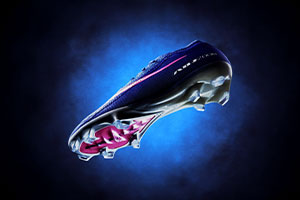
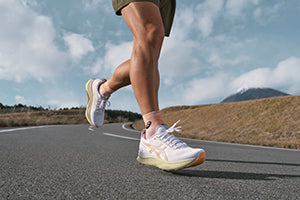


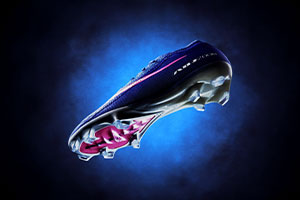

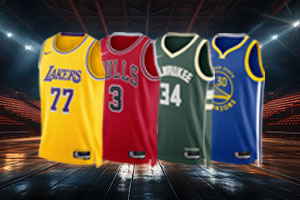
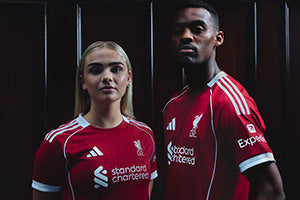

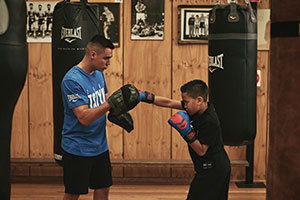

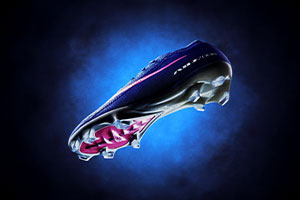
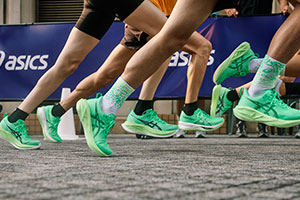
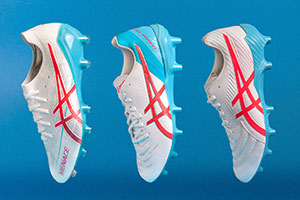

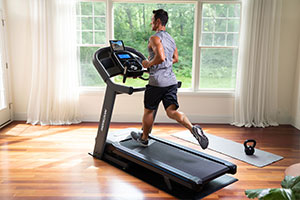

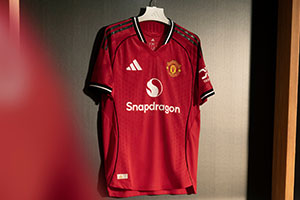
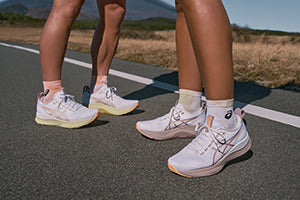
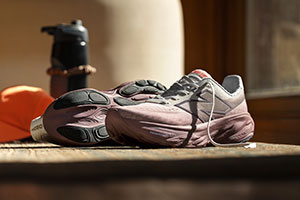

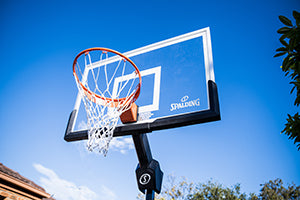

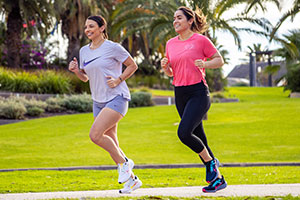



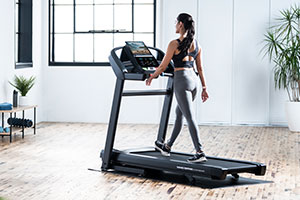

Comments